By Larry Chu, MD
Dr. Erik Brodt’s path to becoming a physician and advocate for underrepresented communities began with a pivotal moment – the first time he met a Native American doctor.
On June 5th, 2001, as a young Native American student himself, Brodt participated in a summer program at the University of Minnesota Duluth. That day, medical student Brett Benally Thompson and Dr. Arne Vainio walked into the room. Brodt remembers, “I’d never met an American Indian male physician before. I’d never met an American Indian male Ojibwe physician before. I didn’t know they existed.” It “completely opened up my future,” Brodt says.

Just a few years later, Brodt experienced another perspective-shifting moment during medical school. After responding to a tragic school shooting at a Native American reservation, Brodt realized the power of having more Native physicians who understood the community. As families grieved, Brodt reflected, “If I’m really going to help make a big difference, there need to be…hundreds and thousands and tens of thousands of us that get trained and enter the workforce.”
Brodt has carried this vision throughout his career. Now an Associate Professor at Oregon Health & Science University (OHSU) and Director of the Northwest Native American Center for Excellence, he aims to open doors for Native American students to reach their potential in medicine. “Our gift is when we look at people, we see how they belong and we see how they can make a difference one day,” Brodt says. Rather than focus on deficits, his team spotlights students’ strengths and possibilities.
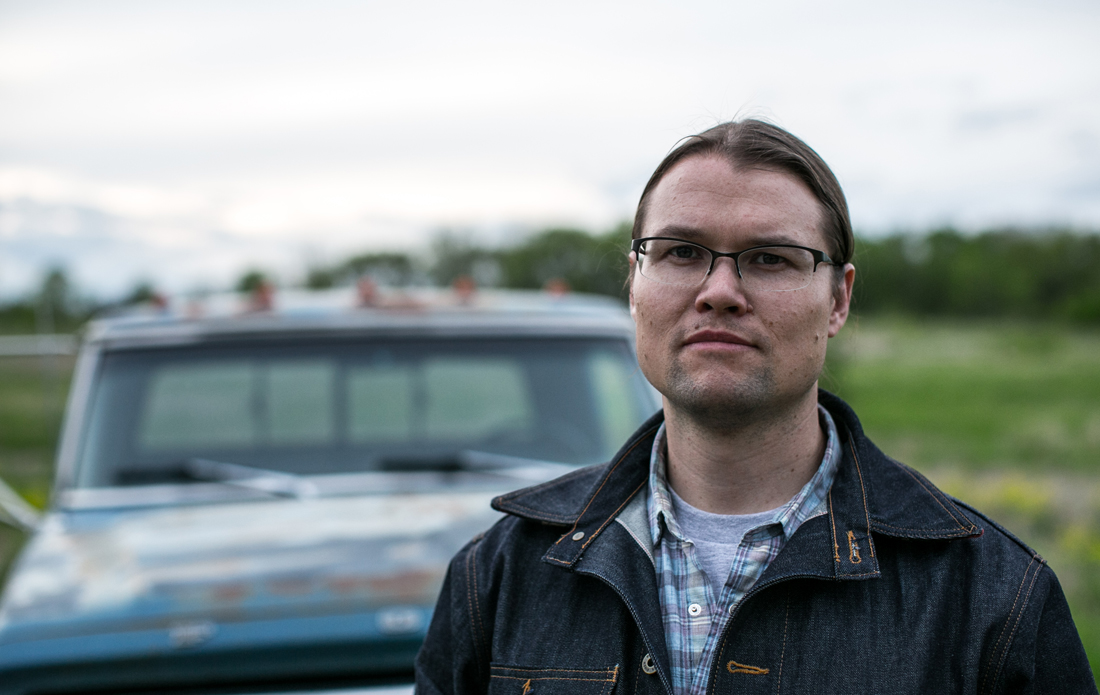
Brodt stresses the importance of this approach in creating a workforce able to equitably serve all communities, especially as diversity initiatives face challenges like bans on affirmative action. While not considering race in his own programs, focusing instead on political tribal affiliation, Brodt acknowledges, “I don’t think we’re there yet and this may be a hiccup for achieving equity.” Ultimately, he remains committed to empowering Native students, saying, “If American Indian and Alaskan Native youth don’t become health professionals, the world will miss out.”
Through initiatives like the Northwest Native American Center and by sharing his own inspirational path, Brodt continues working to bring more Native voices into medicine. He aims to open doors for the next generation, just as meeting that first Native physician opened possibilities for his own future. As Brodt says, “I’m not exceptional. There were a hundred other kids just like me. But the things didn’t line up.” By spotlighting potential, Brodt hopes to reshape healthcare into a more inclusive space where everyone belongs.
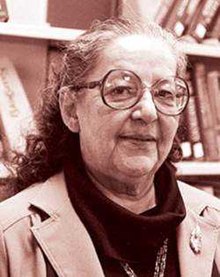 Ruth Myers: Champion of American Indian Education in Minnesota
Ruth Myers: Champion of American Indian Education in MinnesotaRuth A. Myers, often referred to as the “grandmother of American Indian Education in Minnesota,” was a passionate advocate for American Indian children and their families. Despite not being a professional educator, her journey began as a concerned mother of four children who recognized the importance of education. Her early life included experiences at an Indian boarding school, which deeply influenced her commitment to positive change.
In 1971, Ruth Myers made history by becoming the first non-White individual elected to public office in Duluth when she joined the Duluth School Board. Four years later, she expanded her advocacy to the statewide level, becoming the first American Indian member of the Minnesota State Board of Education (SBE). Her impact on the SBE was profound, as she championed the inclusion of American Indian history and culture in curriculum and resource materials while preserving native languages in schools.
Ruth Myers also approached policy from a unique perspective, considering the specific needs and dietary restrictions of American Indian families, such as dairy sensitivities among native youth. She tirelessly advocated for access to education, even reminding policymakers of the American Indian origins of the University of Minnesota Morris (UM-Morris) campus, pushing for native students to attend tuition-free.
In the early 1990s, Myers joined the University of Minnesota Duluth (UM-D) Medical School, where she played a pivotal role in establishing programs for American Indian students and providing academic coaching and support. Her dedication was so profound that the university honored her by establishing the Ruth A. Myers Endowed Chair of American Indian Studies upon her retirement in 1994.
Myers’ commitment to education extended beyond her time at UM-D. She chaired the Fond du Lac Tribal and Community College (FLTCC) task force, leading to the establishment of the FLTCC permanent campus, now home to the Ruth A. Myers Library, housing an extensive collection of American Indian materials.
Throughout her lifetime, Ruth A. Myers served on numerous boards and commissions, earning accolades such as the Elder of the Year by the Minnesota Indian Education Association and various prestigious awards, including the Marvelous Minnesota Woman Award and the UM-D Chancellor’s Distinguished Civil Service Award. Her tireless advocacy and dedication left an indelible mark on American Indian education and the broader community.
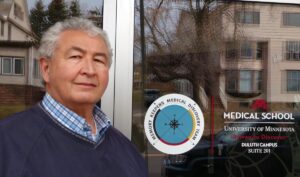
Throughout his tenure as the director of the University of Minnesota Duluth (UMD) American Indian Learning Resource Center (AILRC), Rick Smith had an extraordinary ability to build relationships and connect with people–it was a defining trait. He has seamlessly bridged the gap between American Indian tribes and academia, resulting in the creation of the largest public library of culturally-specific American Indian/Alaska Native scholarly materials at UMD.
Rick’s influence extends beyond recruitment, as he has created a nurturing environment at the AILRC, offering support in various forms, from counseling to financial aid. His legacy within the College of Education and Human Service Professions (CEHSP) is immeasurable, impacting students, faculty, and staff. His teachings on historical and cultural issues challenge all of us to develop a critical understanding of our relationship with and commitment to American Indian communities and the students who come to us for their studies.
Furthermore, Rick’s dedication to building connections between UMD and tribes has been instrumental in attracting American Indian and Alaska Native students to the university, helping fulfill their dreams of higher education. He has served as a mentor to countless students, many of whom credit him for their return to school and academic success.
Rick’s commitment to amplifying the voices of Indigenous people extends beyond his role as AILRC director. He played a pivotal role in the development of programs such as the Master of Tribal Administration and Governance and the Master of Tribal Resource and Environmental Stewardship, ensuring that the interests of tribes are represented.
One of his most enduring contributions is the Mishoomis Collection Library, a repository of over 10,000 materials focused on indigenous perspectives. This library stands as a testament to Rick’s dedication to preserving the voices and histories of American Indian and Alaska Native communities.
Throughout his career, Rick has received recognition, including the Minnesota Indian Education Association Lifetime Achievement Award. However, he remains humble, acknowledging the support of mentors, family, and colleagues who have been essential to his success.
As he embarks on retirement, Rick and his wife Dianna continue their commitment to UMD through the establishment of the Commander David R. Wheat Higher Education Return Opportunities Scholarship (HEROS), benefiting military veterans and service members. Rick Smith’s journey may be taking a new path, but his unwavering dedication to serving others remains steadfast.
 Dr. Gerald Hill: A Beacon of Excellence in American Indian Health
Dr. Gerald Hill: A Beacon of Excellence in American Indian HealthIn the world of American Indian health, one name shines brightly as a beacon of excellence – Dr. Gerald Hill. A dedicated physician, educator, and advocate, Dr. Hill’s remarkable journey and unwavering commitment to improving the health of American Indian communities have earned him the prestigious title of the 1999 American Indian Physician of the Year.
A Lifelong Journey of Dedication
Dr. Gerald Hill, an Associate to the Dean of the School of Medicine, Duluth, and former Director of the University of Minnesota Center of American Indian & Minority Health (CAIMH), hails from the Klamath Tribe of Oregon. His journey towards becoming a beacon of hope for American Indian health began long before he received this esteemed award.
Having spent his early years on the Klamath Indian Reservation, Dr. Hill understands firsthand the unique health challenges faced by American Indian communities. This deep understanding has driven his lifelong commitment to making a difference in the lives of those he serves.
Awards and Achievements
The 1999 American Indian Physician of the Year Award, presented at the Association of American Indian Physicians Annual Meeting, is a testament to Dr. Hill’s outstanding contributions to the field of medicine and his dedication to improving the health of American Indian/Alaska Native populations. This prestigious accolade recognizes individuals who have gone above and beyond to make a meaningful impact on healthcare within these communities.
But Dr. Hill’s contributions extend far beyond this well-deserved award. He is also an Attending Physician in the Emergency Medicine Department of St. Luke’s Hospital, Duluth. Despite his many responsibilities, he remains committed to academic instruction and research in the area of Indian Health at the University of Minnesota.
A Catalyst for Change
Under Dr. Hill’s visionary leadership, the Center of American Indian & Minority Health (CAIMH) has achieved remarkable milestones. One of the center’s notable achievements is the substantial increase in the number of American Indian/Alaska Native health professional students attending programs within the University of Minnesota Academic Health Center.
Since 1985, CAIMH has played a pivotal role in recruiting over 90 American Indian health professionals to the M.D. Program offered at UMD and the University of Minnesota Twin Cities. Currently, there are 34 American Indian/Alaska Native medical students attending UMD and U of M medical schools, a testament to Dr. Hill’s dedication to nurturing the next generation of healthcare leaders.
A Leader in American Indian Health
Dr. Hill’s influence extends beyond his work at CAIMH. He has served on the Association of American Indian Physicians’ Board, including a two-year term as president. His leadership within this organization has further advanced the cause of American Indian health on a national scale.
Dr. Gerald Hill’s journey as a healer, educator, and advocate continues to inspire us all. His tireless dedication to improving the health and well-being of American Indian communities is a testament to the impact that one individual can make. As we celebrate Dr. Hill’s achievements, we also look forward to the positive changes he and graduates of his programs will continue to bring to American Indian health for years to come.
 Dr. Bret Benally Thompson: A Journey of Resilience and Service
Dr. Bret Benally Thompson: A Journey of Resilience and ServiceIn the world of medicine, there are individuals whose journeys inspire us not only through their professional achievements but also by the incredible determination and resilience they demonstrate in overcoming obstacles. Dr. Bret Benally Thompson, a Clinical Assistant Professor at the University of Wisconsin-Madison School of Medicine and Public Health, is someone whose story serves as a testament to the power of perseverance, self-belief, and the importance of giving back to one’s community.
Early Dreams and Challenges
Dr. Thompson’s journey towards a career in medicine began at a young age when, at the tender age of 8, he expressed his aspiration to become a doctor to his grandfather. However, his grandfather’s response, “You’re too stupid to be a doctor,” left him perplexed. This early encounter with doubt would not deter his determination.
A Circuitous Path
As he grew older, Dr. Thompson faced academic challenges, graduating from high school with poor grades. He embarked on a winding path, working various jobs, including military service as an Army officer and serving as a deputy sheriff in Houston and Austin, Texas. It was during this time that a pivotal moment occurred. While driving his patrol car as a deputy sheriff in Austin, he had a revelation – he needed to become a doctor, but not just anywhere, he needed to return home to serve his people.
The Spark Ignites
In his late 20s, Dr. Thompson began working as an Emergency Medical Technician (EMT) on a rural ambulance service and in a clinic in Breckenridge, Colorado. These experiences ignited his passion for medicine. One doctor he worked with became his mentor, showing him both the rewards and challenges of being a physician. It became clear to him that his calling was in the field of medicine.
The Determined Journey
In his mid-30s, equipped with newfound knowledge and enthusiasm, Dr. Thompson returned to college. Despite moments of self-doubt, he persevered, driven by the words of his elders who reminded him of his importance to his community. His dedication paid off, and he excelled academically, making him eligible to apply to medical school.
Fulfilling a Dream
In his late 30s, Dr. Thompson set his sights on the University of Minnesota Duluth, known for its strong support for Native American medical students and excellence in rural and family medicine. Meeting Dr. Jerry Hill, a Native physician, during one of his visits was a pivotal moment. Dr. Hill’s encouragement gave Dr. Thompson the affirmation he needed – he was destined to become one of the few Native American physicians.
The Medical Odyssey
At the age of 40, Dr. Thompson embarked on his medical school journey in Duluth. These years were filled with challenges and stress, but the support from his community and mentors kept him going. After completing his residency in Family Medicine in Alaska, he pursued an additional year of residency in Hospice and Palliative Care, discovering a newfound passion.
A Mentor and a Torchbearer
In his late 40s, Dr. Thompson joined the University of Wisconsin Hospital in Madison. Here, he not only cares for patients but also mentors young doctors. When he sees that same spark of aspiration in a student’s eyes that Dr. Hill saw in his, he offers them the same encouragement he received. “You can achieve your dream, if you are willing to work hard and not give up. If I can do it, so can you.”
Conclusion
Dr. Bret Benally Thompson’s journey is a powerful reminder that it’s never too late to pursue one’s dreams and make a meaningful impact in the world. His resilience, determination, and commitment to his community exemplify the qualities of a true leader in medicine. His story serves as an inspiration to aspiring healthcare professionals and a testament to the enduring power of self-belief and the importance of giving back.
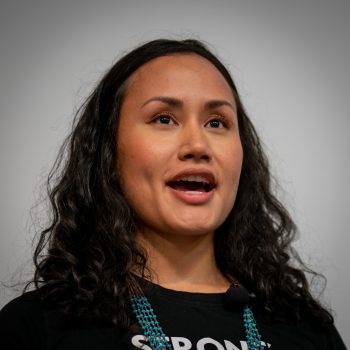
Yá’át’ééh (hello)! I am a fourth-year medical student at Oregon Health & Science University. I am from Jeddito, AZ on the Navajo Nation and went to school at Northern Arizona University in Flagstaff, AZ. Becoming a young mother at the age of 18 spurred my motivation to change the world for the better. While initially I pursued nursing, I felt that I could make a greater impact while feeding my love of science by studying medicine. Currently, I am applying into Anesthesiology. My interests include youth and community outreach, maternal health, and DEI.
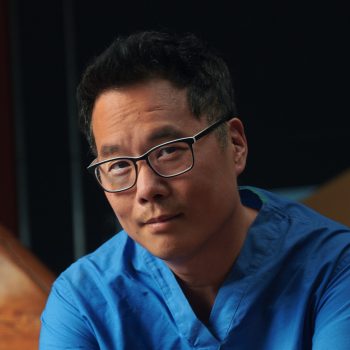
Larry Chu is a Professor of Anesthesiology, Perioperative and Pain Medicine at the Stanford University School of Medicine and Director of the Stanford Anesthesia Informatics and Media (AIM) Lab and Producer of Represented.




